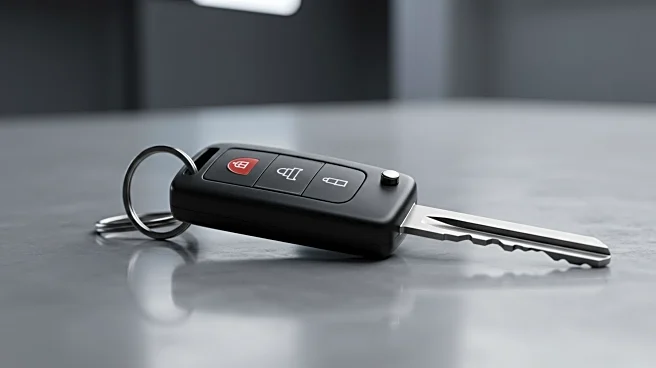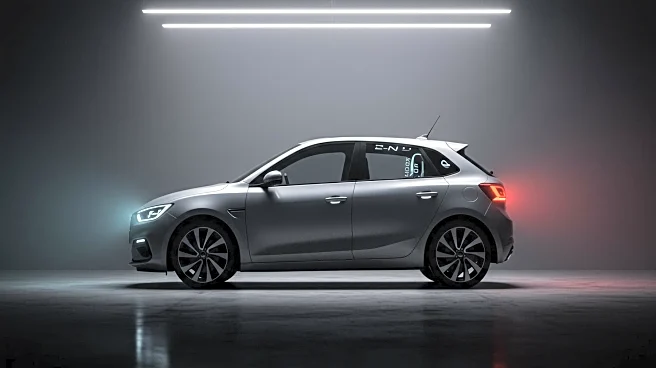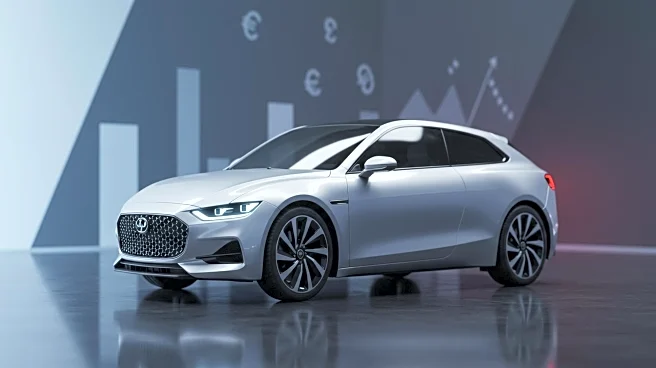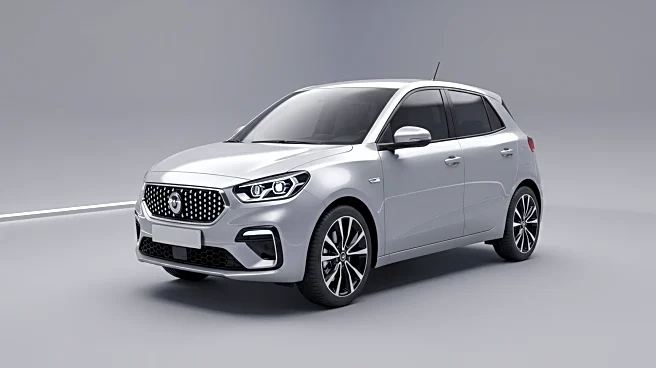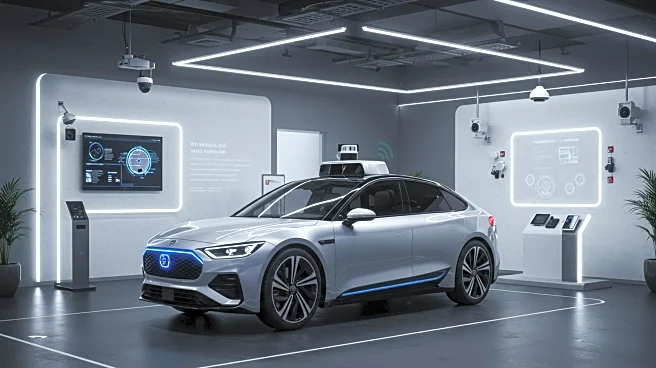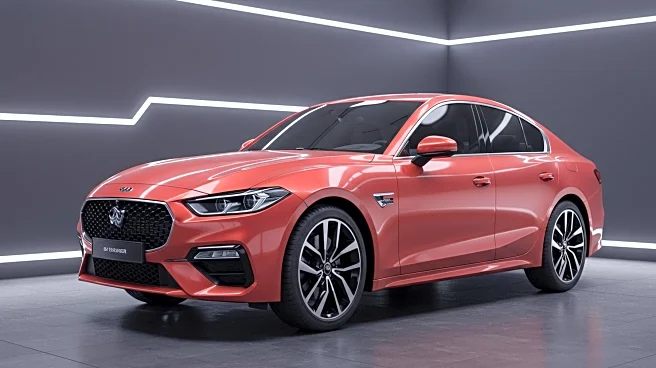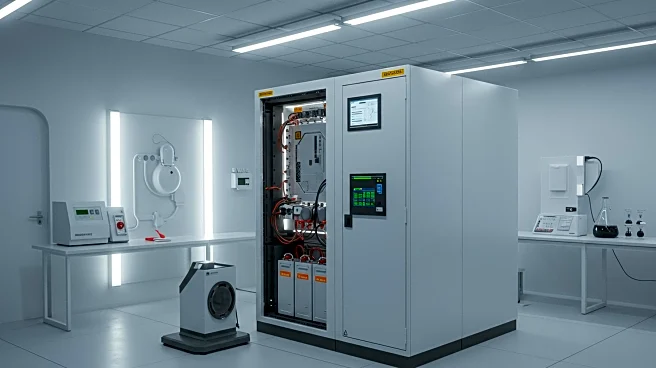What is the story about?
What's Happening?
Nissan has introduced the new Roox, a wagon-type kei car, in Japan. This fourth-generation model is designed to redefine the kei car segment by incorporating features typically found in larger vehicles. The Roox includes a 12.3-inch integrated infotainment display, a first for kei cars, and advanced safety technologies such as Intelligent Emergency Braking and Intelligent Blind Spot Intervention. The vehicle also boasts a class-leading interior length of 2,315 mm, providing ample space for four adults. The Roox's design emphasizes spaciousness and playfulness, with a unique rounded square motif and a variety of new color options. The car is set to go on sale in Japan later this year.
Why It's Important?
The introduction of the new Nissan Roox is significant as it pushes the boundaries of what is expected in the kei car segment, traditionally known for compact and economical vehicles. By integrating advanced safety features and a spacious interior, Nissan is setting a new standard that could influence future designs in this category. The Roox's enhanced features may appeal to a broader range of consumers, potentially increasing its market share. Additionally, the focus on safety and comfort aligns with growing consumer demand for vehicles that offer more than just basic transportation, reflecting broader trends in the automotive industry.
What's Next?
As the new Roox prepares for its market debut, Nissan will likely focus on marketing its advanced features and spacious design to attract potential buyers. The success of the Roox could prompt other manufacturers to innovate within the kei car segment, leading to increased competition and further advancements in vehicle technology. Additionally, consumer response to the Roox's features and pricing will be closely monitored to gauge its impact on Nissan's sales and market position.
Beyond the Headlines
The Roox's introduction highlights a shift in consumer expectations for kei cars, which may lead to regulatory changes in the segment to accommodate more advanced features. The vehicle's design and technology could also influence cultural perceptions of kei cars, traditionally seen as utilitarian. As these vehicles become more sophisticated, they may gain popularity beyond Japan, potentially impacting global automotive markets.
AI Generated Content
Do you find this article useful?
